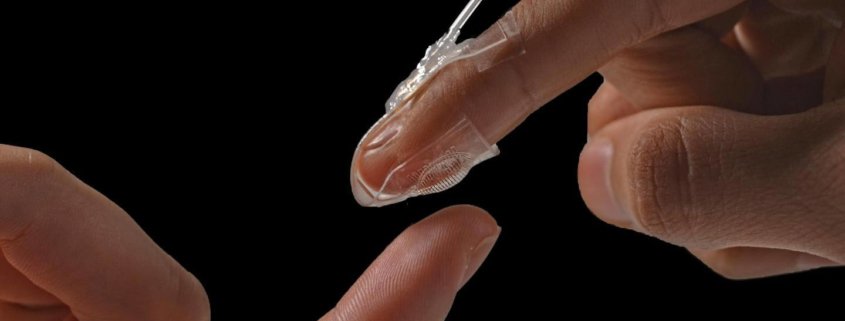
Artificial Skin
Artificial skin, also known as synthetic skin or a skin substitute, is a type of biotechnology that is designed to mimic the function and appearance of natural skin. There are several potential benefits of artificial skin, including:
- Improved wound healing: Artificial skin can help to promote faster and more effective wound healing by providing a protective barrier over the wound and by releasing growth factors and other substances that can stimulate the growth of new tissue.
- Enhanced sensation: Some types of artificial skin are designed to mimic the sensory functions of natural skin, such as the ability to sense temperature and pressure. This can help to improve the quality of life for individuals who have lost sensation in their natural skin due to injury or disease.
- Reduced scarring: Artificial skin can help to minimize scarring by providing a smooth and uniform surface over the wound, which can help to prevent the formation of raised or uneven scar tissue.
- Improved cosmetic appearance: Artificial skin is often designed to closely match the color and texture of natural skin, which can help to improve the cosmetic appearance of the wound site and enhance the individual’s overall appearance.
- Potential for regenerative medicine: In the future, it may be possible to use artificial skin as a platform for regenerative medicine, by incorporating stem cells or other biomaterials that can promote the growth of new, functional tissue. This could potentially treat a wide range of conditions, from burns and chronic wounds to more serious injuries or diseases.
Researchers have developed a handheld device that “prints” sheets of artificial skin directly onto burn wounds, with the treatment being explored as an effective alternative for skin grafts and other burn treatments.
Meanwhile, U.S. and Hong Kong researchers have developed a soft artificial skin made from silicone that allows the wearer to feel objects in virtual reality. This sense of touch adds to virtual reality’s potential by allowing video gamers to feel strikes or help people with prosthetic arms better sense the shape of objects they are holding.
This melding of synthetic materials with sensing technology will significantly expand restorative capabilities in medicine and bring us closer to creating “replicant”-like robots.

